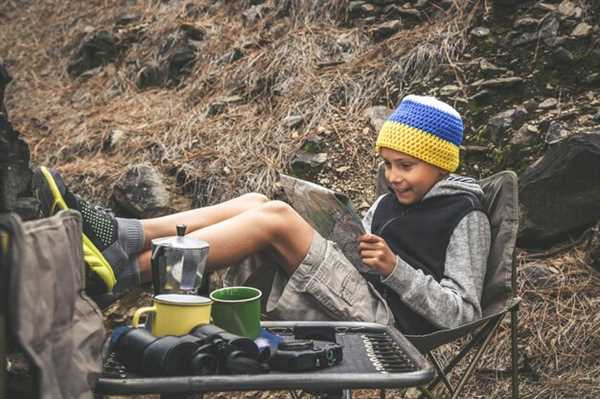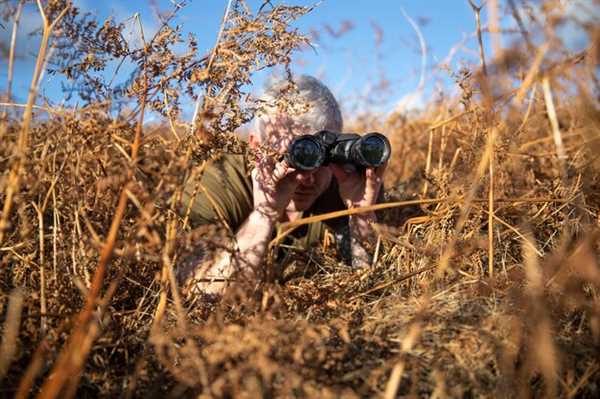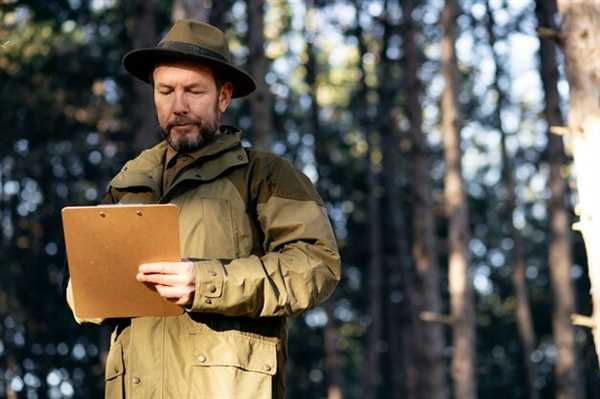
Begin with a minimalist mindset: prioritize weight and functionality. Each item should serve a specific purpose, reducing unnecessary bulk in your loadout. Utilize a versatile backpack with multiple compartments for easy access to gear, ensuring quick retrieval during critical moments.
Planning is key. Create a detailed checklist tailored to the environment and duration of your excursion, factoring in weather conditions and terrain. Invest in high-quality, durable equipment that will withstand the rigors of the field while remaining manageable in size.
Incorporate multi-tools and modular gadgets that can perform various tasks, limiting the number of items carried. Streamline your clothing choices by selecting moisture-wicking, lightweight materials that layer well, allowing for adaptability in fluctuating temperatures.
Assess the nutritional needs of your outing; lightweight, high-calorie snacks can sustain energy levels without adding heaviness. Hydration is critical; choose a compact water filtration system to ensure safe drinking without the weight of bottled water.
Finally, practice packing your gear before the trip. Familiarity with your setup not only enhances efficiency but also builds confidence when out in the field. Structure your load strategically, placing heavier items closer to your back for improved balance and comfort during movement.
Choosing the Right Gear for Your Hunting Trip

Select a reliable firearm or bow suited for your target species. Ensure it matches the local regulations and personal comfort.
How to Organize Your Packing List Efficiently

Begin with creating a categorized list. Group items into categories such as clothing, gear, food, and personal items. This method simplifies the overview and ensures you won’t forget any essentials.
Next, use a checklist format to mark off items as you pack. This helps maintain focus and prevents double-checking. Digital tools or apps can simplify this process; they allow easy access and modifications on-the-go.
Consider priority levels for each item. Identify what is absolutely necessary versus optional. This decision-making process aids in avoiding excess weight and clutter.
Incorporate a seasonal perspective. Weather and terrain can dictate specific gear; adjust your list based on expected conditions. Include layers or specialized equipment based on the environment you will encounter.
Set a timeline for packing. Starting at least a few days in advance creates breathing room for assembly and adjustments. Mindfully checking items against your compiled list will ensure nothing is overlooked.
Lastly, seek input from fellow outdoors enthusiasts. They might offer practical suggestions based on their personal experiences, enhancing your preparation for the expedition ahead.
Maximizing Space in Your Hunting Pack
Use compression stuff sacks for bulkier items like sleeping bags and clothing. They minimize volume significantly, allowing you to allocate space for other gear.
Organize smaller equipment with pouches or clear bags. This prevents chaos and makes access to essentials quick, ensuring efficient planning.
Prioritize multi-functional gear that serves several purposes. A knife can assist in various tasks, reducing the need for additional items.
Place heavier gear closer to your back. This optimizes weight distribution, enhancing comfort and balance while moving across different terrains.
Utilize external attachment points on the pack for items like trekking poles or extra ammunition. This frees up internal space for other necessities.
Make a checklist before packing to avoid redundancy. This streamlined approach ensures only critical equipment is included, avoiding unnecessary bulk.
Invest in modular gear systems. These are designed to be versatile and detachable, enabling you to adjust based on the specific outing or mission.
Consider using vacuum-sealed bags for food, as they reduce space and keep items fresh. This is particularly useful during longer treks where space is at a premium.
Regularly assess your inventory and remove any outdated or unused items. Keeping your collection current ensures that each piece serves a purpose.


